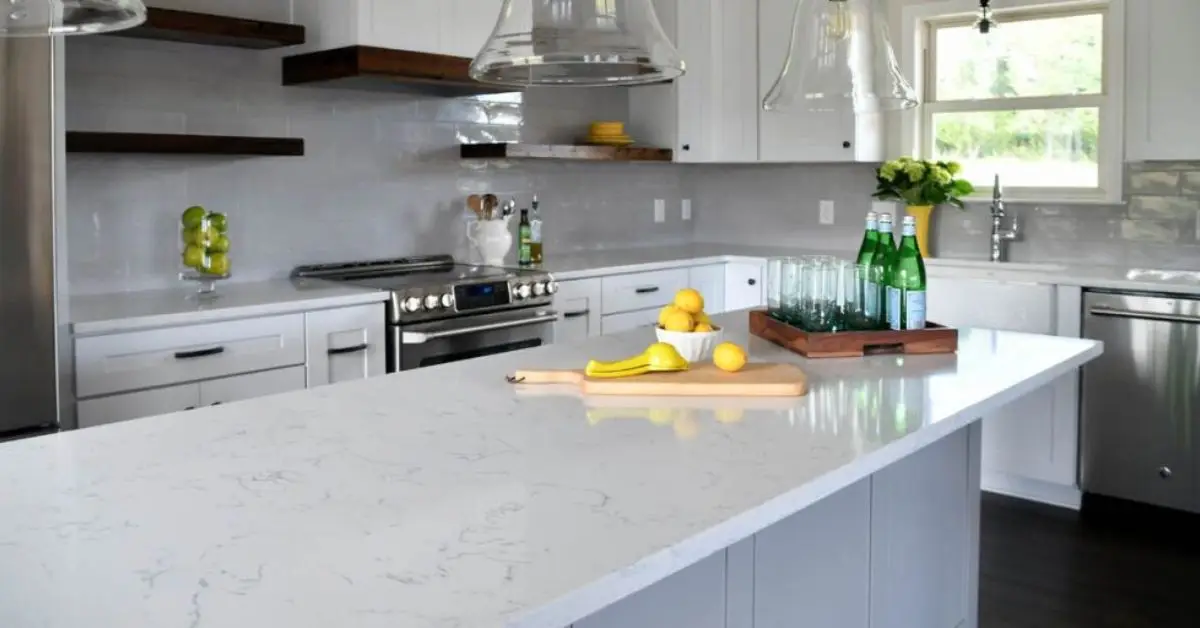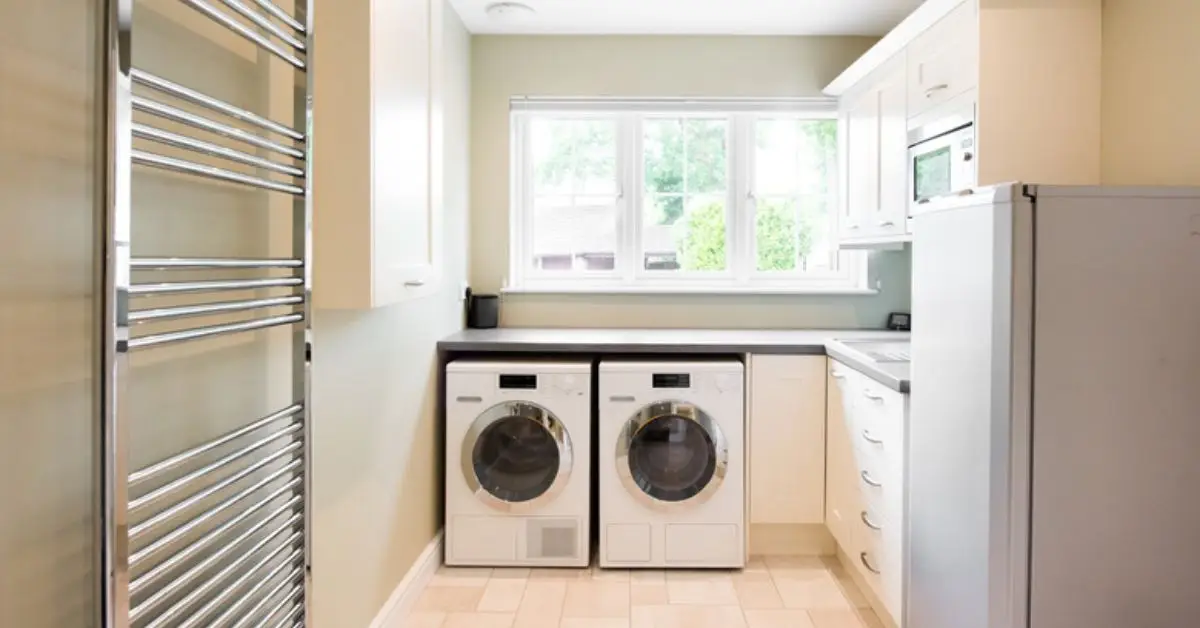5 Morning Decluttering Habits Minimalists Never Skip
I used to start my mornings reacting to the mess around me—half-folded laundry, dishes from last night, random papers on the dining table. It felt like I was already behind before the day even began. Sound familiar?
What I didn’t realize back then is how much mental weight clutter carries. And no, I’m not talking about full-day deep cleans. I’m talking about simple, 5-minute habits that minimalists swear by—routines that quietly reset their space and mindset every single morning.
In fact, experts say the way your home looks when you wake up affects your cortisol levels, decision fatigue, and even your mood throughout the day.
So, what do minimalists actually do every morning to keep their homes clear and their minds focused?
Not random cleaning. Not aesthetic perfection. Just five deliberate tasks—quietly powerful, totally doable, and far more effective than most of what’s floating around on Instagram.
Let me break them down for you.
1. The Countertop Reset (Especially the Kitchen)
Before anything else—before checking your phone, before the coffee—you clear off the counters. Not deep cleaning. Just a quick reset: put away the toaster if it’s out, return the mail pile to its drawer, wipe any crumbs or coffee rings. That’s it.

Why start here? Because countertops are visual clutter amplifiers. They’re where chaos accumulates fastest—mugs, chargers, lunchboxes, everything. And every time your brain sees mess first thing in the morning, it interprets it as “unfinished tasks.”
Minimalists swear by this because it gives the illusion of a tidy home fast. You don’t need spotless rooms—just clean sightlines.
And you know what? They’re right. A clear countertop sets the tone: you’re in control today. Since we’re talking about building better home rhythms, new homeowners especially benefit from creating these tiny routines early.
2. The Five-Item Fix
This one’s deceptively simple: put away just five things that are out of place. Shoes near the door, random receipts, yesterday’s coffee mug, a jacket on the chair—whatever’s sitting where it doesn’t belong.
That’s it. Just five.
Why? Because it’s not overwhelming. You don’t think, “I need to clean the whole house.” You think, “I’ll fix five things.” That mental shift makes all the difference.
Minimalists love this habit because it trains your brain to notice clutter in real time—and handle it without drama. No guilt. No waiting until it becomes a mountain.
That’s the beauty of it. Five items might feel small, but they create momentum. You’ll notice the shift by Day 3.
And if you live with others? This is a powerful one to model. Kids especially mirror it without even realizing.
3. The Laundry Touchpoint
Laundry is like clutter on autopilot. If you ignore it for two days, it triples. That’s why minimalists build in a “laundry touchpoint” every single morning—even if it’s just a five-second check.

It could be:
- Transferring a load from washer to dryer
- Folding 3–5 key items
- Starting a small load before leaving for work
- Or simply putting away the pile you dumped on a chair last night
The goal here isn’t perfection. It’s flow. Laundry stays in motion, never stagnates.
Real Simple backs this up: “People with consistently tidy homes don’t do marathon laundry days—they do small actions daily.”
This task is also a psychological win. It stops that laundry guilt from nagging at you all day. You’ve already done something about it—first thing in the morning.
Tip: Keep your laundry area clear. When it’s clean and accessible, you’re more likely to follow through. If your laundry setup is in a hot garage or utility area, this tiny habit can also help you stay on top of it without sweating buckets.
4. The Drop-Zone Sweep
Every home has one—that spot where things magically pile up. It might be your entryway bench, dining table, or the chair that catches bags, jackets, and whatever you walked in with yesterday.
Minimalists don’t ignore this zone—they reset it every morning. Not because they’re obsessed with order, but because they know:
Clutter attracts more clutter.
When your drop-zone is messy, everyone in the house subconsciously thinks, “It’s fine to add more here.” But when it’s clear? People pause before dumping stuff.
Here’s what a quick sweep looks like:
- Hang up the jacket
- Return the bag to its hook
- Sort yesterday’s mail
- Toss the receipts or flyers you don’t need
- Reset the shoe rack
In an article by Homes & Gardens, experts pointed out that this one routine alone can “prevent 80% of visible daily clutter.”
It takes under 2 minutes. But the visual calm it brings? Massive. Just like a cluttered entry invites mess inside, ignoring small outdoor issues—like overgrown plants or blocked vents—can lead to bigger energy problems. It sets a tone of intentional living—for you, and for anyone else walking into your home.
5. The One-Minute Let-Go
Every morning, choose one item to let go of—just one. It could be a stretched-out T-shirt, a cracked container, a duplicate utensil, or that freebie pen you never use.
Why? Because clutter doesn’t come in all at once. It trickles in, quietly. So getting rid of one small thing daily keeps that trickle from turning into a flood.
This isn’t about becoming a minimalist overnight. It’s about building the habit of release—normalizing the act of choosing what no longer serves you.
Minimalists often call this “daily shedding.” It’s one of the most powerful micro-habits for maintaining a low-clutter life.
Even experts agree. Livingetc highlights that removing just one item daily keeps homes naturally streamlined without effort. It’s not about big decisions—it’s about small, consistent ones.
Try putting a small basket or bag by the door labeled “Let Go.” Drop your one thing in it each morning. Donate, recycle, or toss weekly. It adds up.
You’re not just tidying—you’re telling your home what stays and what doesn’t.
The Minimalist Strategy Behind Those 5 Tasks
These five habits might seem quick and simple, but they’re grounded in powerful minimalist thinking that transforms how your home functions day-to-day. Here’s the deeper strategy behind each one:
Micro-Decluttering: Small Actions, Big Results
Minimalists don’t wait for a weekend deep clean. They rely on short, frequent moments of tidying—just a few minutes at a time—that build serious impact over weeks and months. It’s less about cleaning and more about preventing clutter from taking hold in the first place.

This principle is often cited in minimalist forums like r/minimalism as the single most sustainable habit shift.
The One-Touch Rule
If you touch an item, deal with it right away. Hang the jacket. Toss the junk mail. Wash the coffee cup. That way, you don’t handle the same mess twice—which saves mental energy and keeps clutter from spiraling.
This rule appears again and again across professional organizer blogs and social media threads for one reason: it works.
A Home for Everything
Minimalism isn’t about empty rooms—it’s about knowing exactly where each item belongs. When everything has a clear place, it’s easier to reset your space in minutes, not hours. You avoid the daily decision fatigue of “Where does this go?” and move straight to action.
These three principles are what make the five morning tasks so effective. They aren’t hacks. They’re habit frameworks that help you stay in control of your space—without feeling like you’re constantly cleaning.
A 5-Minute Morning Routine That Actually Works
Reading about habits is one thing. But putting them into practice? That’s where real change happens. If you’re wondering how to start without overhauling your entire life, here’s a simple plan you can try tomorrow morning—no overthinking, no pressure.
Sample Checklist:
1. Wash dishes or clear kitchen counters
Reset your kitchen first—it’s usually the most used and most visible space.
2. Quick bathroom tidy
Wipe the sink, close bottles, toss old packaging or used tissues. It’s a small act that sets a calm tone.
3. One wardrobe fix
Hang up yesterday’s clothes, return shoes to their spot, or pull out one item you no longer wear.
4. Living room reset
Fold blankets, fluff cushions, remove any cups or clutter left out from the night before.
5. One micro-declutter
Pick a small area—a drawer, shelf, or entryway tray—and clear or organize just one thing.
This five-point flow takes under five minutes, but it makes your entire space feel noticeably lighter. More importantly, it proves to your brain that you’re not behind—you’re already in motion.
Even minimalists didn’t start with perfect routines. They started with small, repeatable actions that made their home easier to live in.
You can too.
You Don’t Need a New Home—You Just Need a New Rhythm
Most of us don’t live in show homes. We live in real spaces—busy, imperfect, full of life. So the goal isn’t perfection. It’s rhythm.
A few intentional moves every morning that make you feel a little more grounded, a little more in control.
These five minimalist tasks aren’t rules to follow. They’re tools. Use them how they fit into your day, your energy, your season of life. Skip one. Double up another. The point is progress, not pressure.
Because when your space feels calm, your mind follows.
And that’s what you’re really clearing room for—not just less clutter, but more peace.
Want more practical habits for a clutter-free life? Visit Build Like New for simple routines that actually work.
Disclaimer: This article is for informational purposes only and does not substitute professional cleaning, organizing, or mental health advice. Always choose routines that fit your lifestyle and personal needs.


